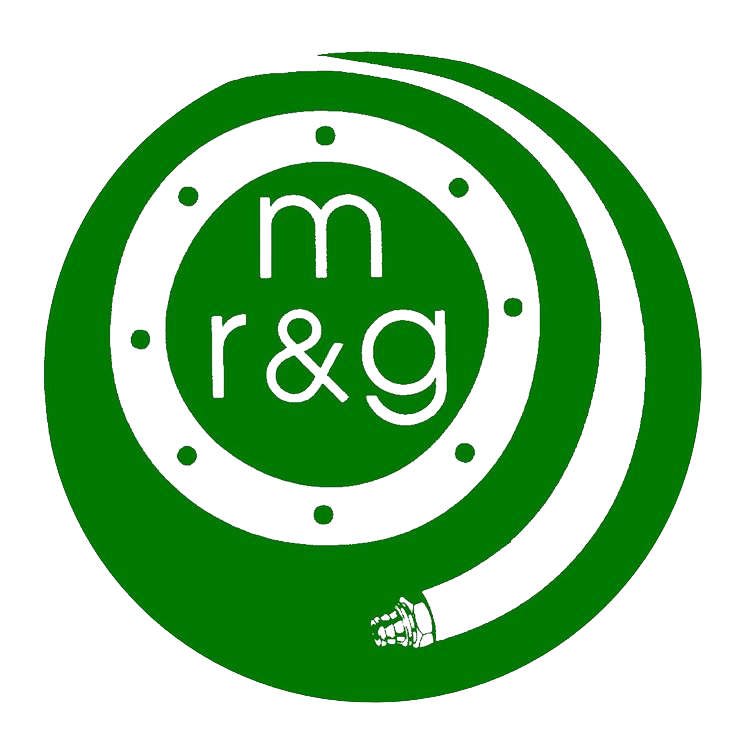WATERJET CUTTING
The World’s Most Versatile Machining Process
Waterjet cutting is a versatile and precise machining process used to cut a wide range of materials using a high-pressure stream of water or a mixture of water and an abrasive substance. This technology has found applications in various industries, including manufacturing, aerospace, automotive, and more. In this article, we'll delve into the principles, advantages, applications, and the technology behind waterjet cutting.
Waterjet cutting is a highly versatile and precise machining technology with a wide range of applications across various industries. Its ability to cut a diverse array of materials with precision, lack of heat-affected zones, and minimal environmental impact make it a valuable tool in modern manufacturing and fabrication processes.
Advantages of Waterjet Cutting:
Waterjet cutting offers several advantages, making it a preferred choice in many applications:
Precision: Waterjet cutting is known for its high level of accuracy, often producing intricate and complex cuts with minimal tolerances.
No Heat-Affected Zone: Unlike traditional cutting methods like laser or plasma cutting, waterjet cutting does not generate heat during the cutting process. This prevents material distortion or structural changes, especially in heat-sensitive materials.
Versatility: Waterjet cutting can be used on a wide range of materials, including metals, plastics, composites, ceramics, stone, glass, and more.
Environmentally Friendly: It is considered an environmentally friendly method as it does not produce hazardous fumes, dust, or waste materials.
Minimal Material Waste: Due to its precision, waterjet cutting minimizes material wastage, which can be cost-effective for expensive materials.
Reduced Machining Time: Waterjet cutting can often eliminate the need for secondary machining operations, reducing production time.
Principles of Waterjet Cutting: Waterjet cutting operates on the simple principle of using a high-pressure stream of water to cut through materials. There are two primary types of waterjet cutting:
Pure Waterjet Cutting: In this method, pure water is pressurized to extremely high levels, often between 20,000 and 60,000 pounds per square inch (PSI). This high-pressure water jet is then focused through a small orifice nozzle and directed at the material to be cut. It is primarily used for cutting softer materials like foam, rubber, gaskets, and certain plastics.
Abrasive Waterjet Cutting: For harder materials such as metals, ceramics, glass, and composites, abrasive waterjet cutting is employed. Here, an abrasive substance, typically garnet, is added to the high-pressure water stream. This abrasive-laden jet becomes capable of cutting through tough materials effectively.
Applications of Waterjet Cutting:
Waterjet cutting is used in various industries and applications, including:
Aerospace: Cutting aerospace components like titanium and composites with high precision and minimal heat-affected zones.
Automotive: Fabricating intricate parts, gaskets, and automotive interior components.
Manufacturing: Precision cutting of machine parts, prototypes, and tooling.
Art and Architecture: Creating detailed designs in stone, glass, and metal for artistic and architectural purposes.
Food Industry: Slicing, dicing, and portioning of food products without contamination.
Medical Devices: Cutting materials for medical equipment and implants with precision.
Electronics: Manufacturing circuit boards and cutting electronic components.
Mining: Cutting and drilling in underground mining operations.
Textiles: Precision cutting of fabrics and textiles.
Heavy Industry: Waterjet cutting offers solutions for countless industrial situations.





